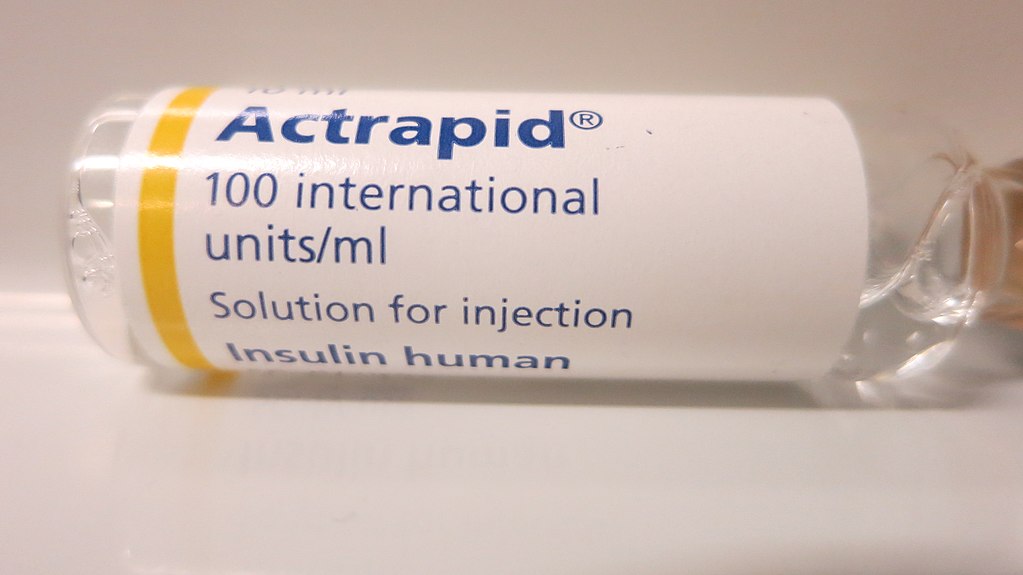A pivotal medical history event unfolded at Toronto General Hospital on January 11, 1922. A 14-year-old boy, Leonard Thompson, who had severe diabetes, became the first ever human to receive an insulin injection. This groundbreaking treatment transformed diabetes from a fatal diagnosis into a manageable condition, altering the lives of millions globally.
Before insulin’s discovery, a diabetes diagnosis, particularly type 1, was essentially a death sentence. Patients experienced extreme weight loss, excessive thirst, and frequent urination. They also suffered from fatigue, blurred vision, and in severe cases, coma and death. The only available treatment was a strict starvation diet, which offered minimal relief and merely extended life by a few months.
The quest for diabetes treatment gained momentum in the early 20th century. In 1921, Canadian surgeon Frederick Banting and medical student Charles Best, under the guidance of Professor John Macleod at the University of Toronto, successfully isolated insulin from the pancreas of dogs. Biochemist James Collip later joined the team, contributing his expertise to refine the extract and ensure its safety for human use. This was a collaborative effort that united the best minds in the field toward a common goal.
Leonard Thompson’s Historical Treatment
Leonard Thompson was in critical condition when his father brought him to Toronto General Hospital. Weighing only 65 pounds and slipping in and out of a diabetic coma, he was near death. On January 11, 1922, Leonard received his first insulin injection. Unfortunately, he suffered an allergic reaction due to impurities in the extract, and the treatment was halted.
Undeterred, Collip worked tirelessly to purify the insulin. Twelve days later, on January 23, Leonard received a second injection. This time, the treatment was a success. His blood sugar levels dropped significantly, and he showed remarkable improvement without any adverse side effects. Leonard’s recovery marked the first successful use of insulin in humans, spearheading a new era in diabetes treatment.
The success of Leonard Thompson’s treatment had immediate and profound implications. The University of Toronto team collaborated with pharmaceutical companies to produce insulin on a larger scale. This involved refining the extraction process, ensuring quality control, and establishing distribution networks. By the end of 1923, insulin was widely available, transforming diabetes management and saving countless lives.
The discovery of insulin continues to be one of the most significant medical achievements of the 20th century. It not only provided a lifeline to those with diabetes but also paved the way for advancements in endocrinology and the development of other hormone-based treatments.

